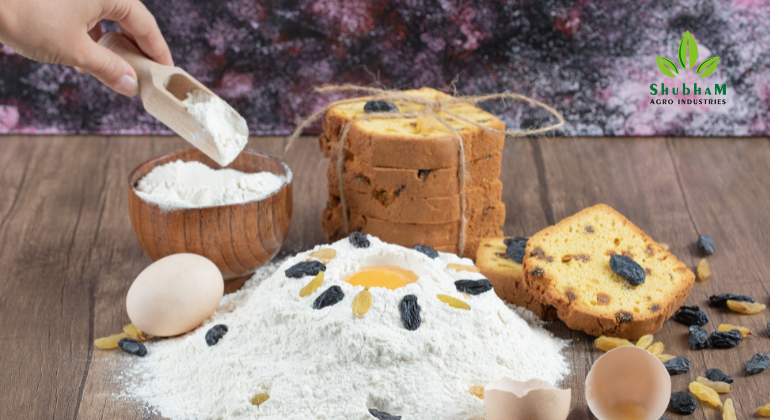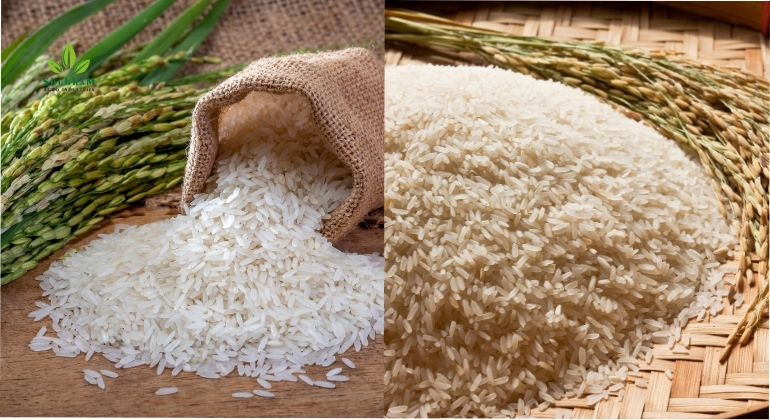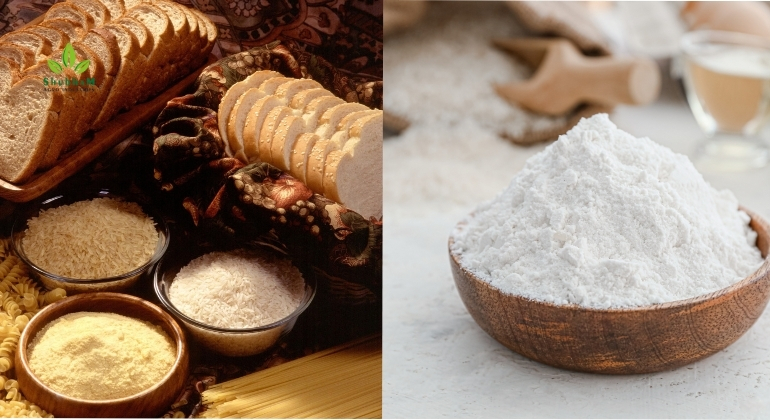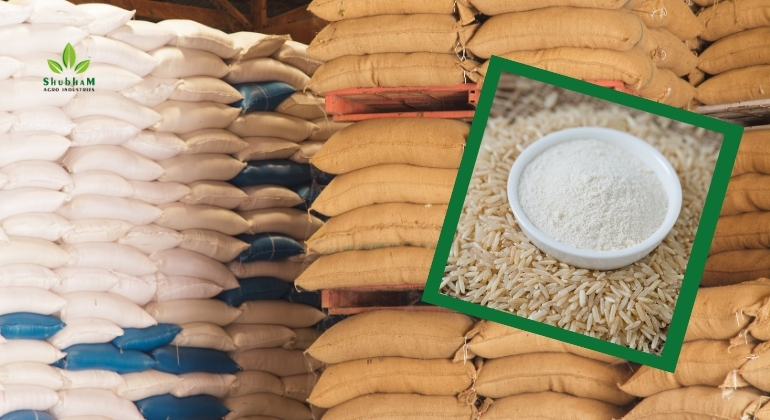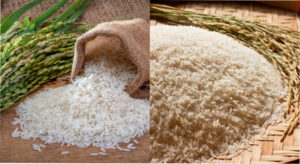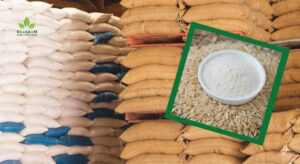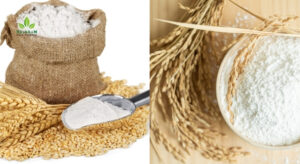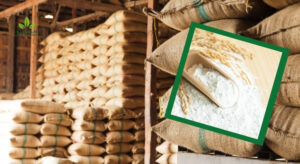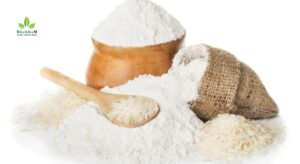How to Used Rice Flour in Gluten Free Baking
Introduction:
In recent years, gluten-free diets have gained immense popularity due to their perceived health benefits and the increasing awareness of gluten-related sensitivities and celiac disease. As a result, there has been a surge in demand for gluten-free alternatives in the baking industry. Among these alternatives, rice flour, provided by rice flour manufacturers, stands out as a versatile and widely accessible option, offering a host of benefits for gluten-free baking enthusiasts. In this comprehensive guide, we will explore the various ways rice flour can be used effectively in gluten-free baking, highlighting its unique properties and sharing expert tips from rice flour manufacturers.
Understanding Rice Flour
Rice flour, supplied by rice flour manufacturers, is a staple ingredient in many cultures around the world, particularly in Asian cuisines. It is made by grinding finely milled rice grains into a powder, resulting in a light and powdery texture. One of the key advantages of rice flour, provided by reputable rice flour manufacturers, is its naturally gluten-free composition, making it an excellent choice for individuals with gluten sensitivities or celiac disease. Additionally, rice flour is known for its neutral flavour profile, which allows it to adapt well to a wide range of recipes.
Types of Rice Flour
There are several varieties of rice flour available on the market, each with its own unique characteristics and uses, provided by diverse rice flour manufacturers. The most common types include:
1. White Rice Flour: Made from finely milled white rice grains, this type of rice flour is the most widely used in gluten-free baking. It has a smooth texture and a mild flavour, making it suitable for a variety of recipes, including cakes, cookies, and breads.
2. Brown Rice Flour: Produced from whole brown rice grains, this flour retains more of the rice bran and germ, resulting in a slightly coarser texture and nuttier flavour compared to white rice flour. It is often used in recipes that require a denser texture, such as muffins and pancakes.
3. Sweet Rice Flour (Glutinous Rice Flour): Despite its name, sweet rice flour does not contain gluten. It is made from glutinous rice, which has a higher starch content than regular rice varieties, giving baked goods a chewy and sticky texture. Sweet rice flour, offered by various rice flour manufacturers, is commonly used in Asian desserts and pastries.
Tips for Using Rice Flour in Gluten-Free Baking:
Now that we’ve covered the basics of rice flour, let’s delve into some expert tips for incorporating it into your gluten-free baking endeavours, with insights from reputable rice flour manufacturers:
1. Blend Different Flours: While rice flour can be used on its own, blending it with other gluten-free flours such as almond flour, tapioca flour, or potato starch can enhance the texture and flavour of your baked goods. Experiment with different combinations to achieve the desired results.
2. Use Xanthan Gum as a Binder: Since rice flour lacks gluten, it may require a binder to help hold baked goods together. Xanthan gum is a common additive used in gluten-free baking to mimic the elasticity and structure provided by gluten. Add a small amount of xanthan gum to your recipes to improve texture and prevent crumbling.
3. Adjust Liquid and Leavening Agents: Rice flour absorbs moisture differently than wheat flour, so you may need to adjust the amount of liquid in your recipes accordingly. Additionally, consider increasing the amount of leavening agents such as baking powder or yeast to help your baked goods rise properly.
4. Pre-Toast the Flour: To enhance the flavour and reduce the grittiness of rice flour, you can toast it lightly in a dry skillet before using it in your recipes. Simply heat the flour over medium heat, stirring constantly, until it turns golden brown and emits a nutty aroma. Be careful not to burn it.
5. Store Properly: To prolong the shelf life of rice flour and maintain its freshness, store it in an airtight container in a cool, dry place away from direct sunlight. Alternatively, you can store it in the refrigerator or freezer for even longer preservation.
Conclusion:
Rice flour, provided by reputable rice flour manufacturers, is a valuable ingredient for gluten-free baking, offering versatility, accessibility, and excellent results when used correctly. By understanding its unique properties and following expert tips from rice flour manufacturers, you can confidently incorporate this gluten-free alternative into your favourite recipes, from fluffy cakes to crispy cookies. So, stock up on rice flour from trusted manufacturers and unleash your creativity in the kitchen – delicious gluten-free treats await.
